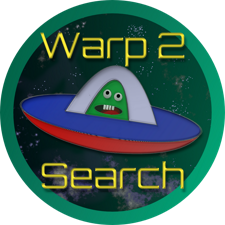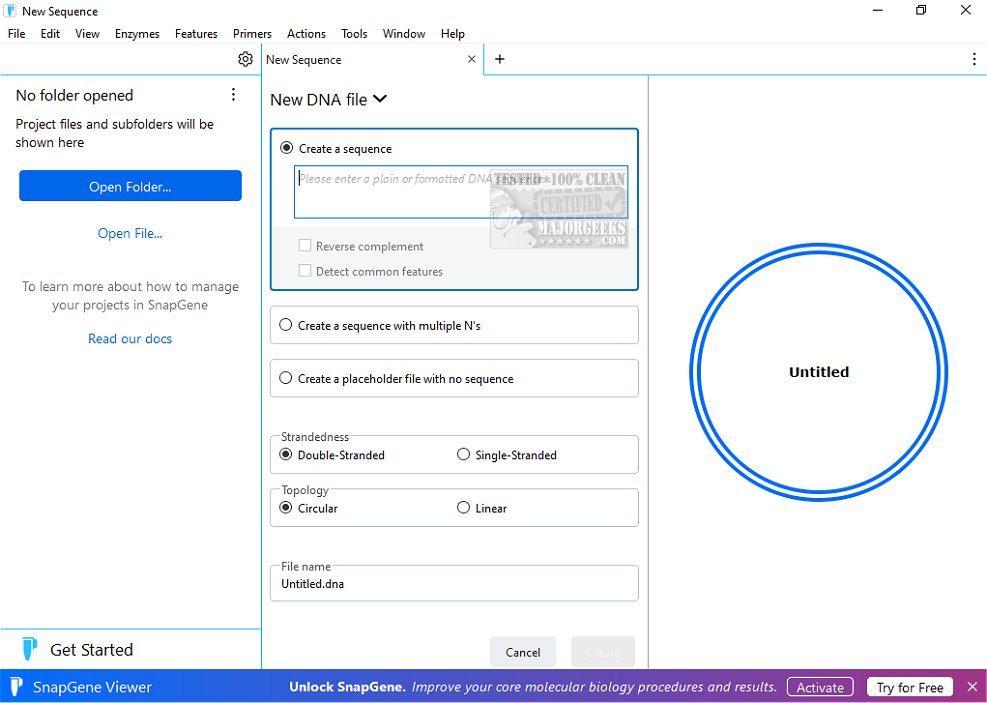SnapGene Viewer 8.2.0 has been released as a comprehensive tool for molecular biologists, enabling the creation, browsing, and sharing of detailed DNA sequence files that can be up to 1GB in size. The software offers multiple methods to create DNA sequences, including manual entry, importing GenBank records, or opening annotated sequences from various standard file formats.
Once a sequence is created, users can easily navigate through it using customizable views, including Map, Sequence, Enzymes, Features, Primers, and History. The viewer also provides a robust search function that allows researchers to locate specific DNA queries, protein translations, or annotations quickly. Features such as viewing and editing DNA sequence traces, as well as automatic annotation of common features, streamline the research process.
One standout capability of SnapGene Viewer is its primer design functionality, which supports the design and annotation of primers for PCR, sequencing, or mutagenesis. Users can identify open reading frames (ORFs) with just a click, facilitating further analysis of DNA sequences and identification of potential research targets. The software also allows users to export plasmid maps as images or annotated DNA sequences to GenBank format, promoting easy sharing of data among colleagues or clients through the widely compatible SnapGene format.
In summary, SnapGene Viewer is an indispensable tool for anyone engaged in DNA sequence work. With its advanced features and user-friendly interface, it significantly enhances the efficiency of creating, analyzing, and annotating DNA sequences, ultimately helping researchers achieve their goals more effectively.
To extend this information, future updates could focus on enhancing collaboration features, such as real-time sharing capabilities for teams working on joint projects. Additionally, integrating machine learning algorithms to predict features or suggest edits based on existing data could further streamline the research process. Enhanced visualization tools for complex sequences or multi-sequence comparisons might also be beneficial for researchers looking to deepen their analysis
Once a sequence is created, users can easily navigate through it using customizable views, including Map, Sequence, Enzymes, Features, Primers, and History. The viewer also provides a robust search function that allows researchers to locate specific DNA queries, protein translations, or annotations quickly. Features such as viewing and editing DNA sequence traces, as well as automatic annotation of common features, streamline the research process.
One standout capability of SnapGene Viewer is its primer design functionality, which supports the design and annotation of primers for PCR, sequencing, or mutagenesis. Users can identify open reading frames (ORFs) with just a click, facilitating further analysis of DNA sequences and identification of potential research targets. The software also allows users to export plasmid maps as images or annotated DNA sequences to GenBank format, promoting easy sharing of data among colleagues or clients through the widely compatible SnapGene format.
In summary, SnapGene Viewer is an indispensable tool for anyone engaged in DNA sequence work. With its advanced features and user-friendly interface, it significantly enhances the efficiency of creating, analyzing, and annotating DNA sequences, ultimately helping researchers achieve their goals more effectively.
To extend this information, future updates could focus on enhancing collaboration features, such as real-time sharing capabilities for teams working on joint projects. Additionally, integrating machine learning algorithms to predict features or suggest edits based on existing data could further streamline the research process. Enhanced visualization tools for complex sequences or multi-sequence comparisons might also be beneficial for researchers looking to deepen their analysis
SnapGene Viewer 8.2.0 released
SnapGene Viewer allows molecular biologists to create, browse, and share richly annotated DNA sequence files up to 1GB in length.


